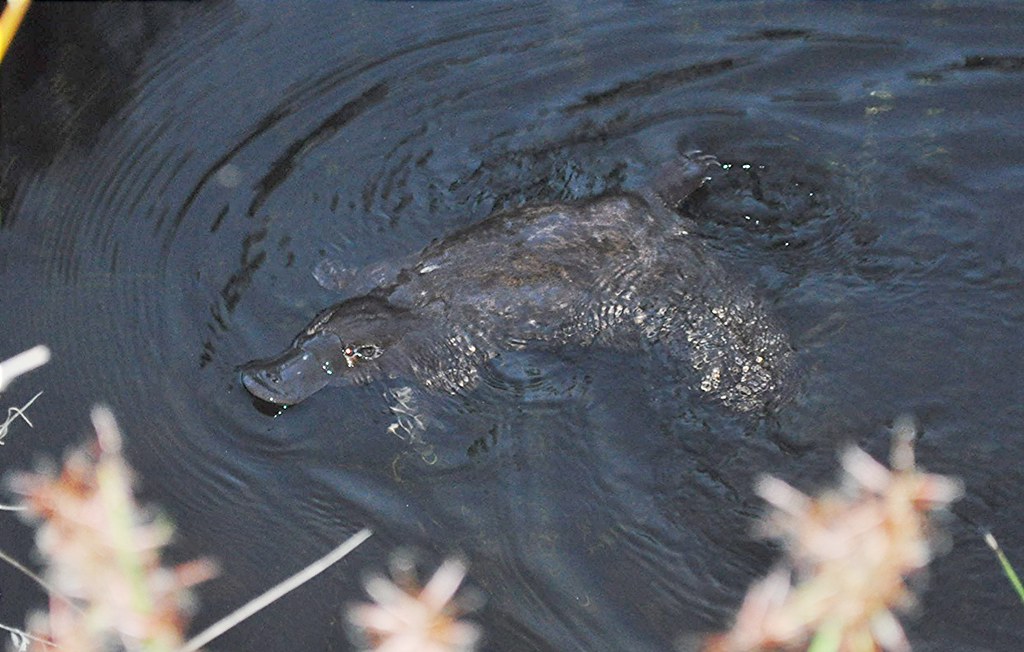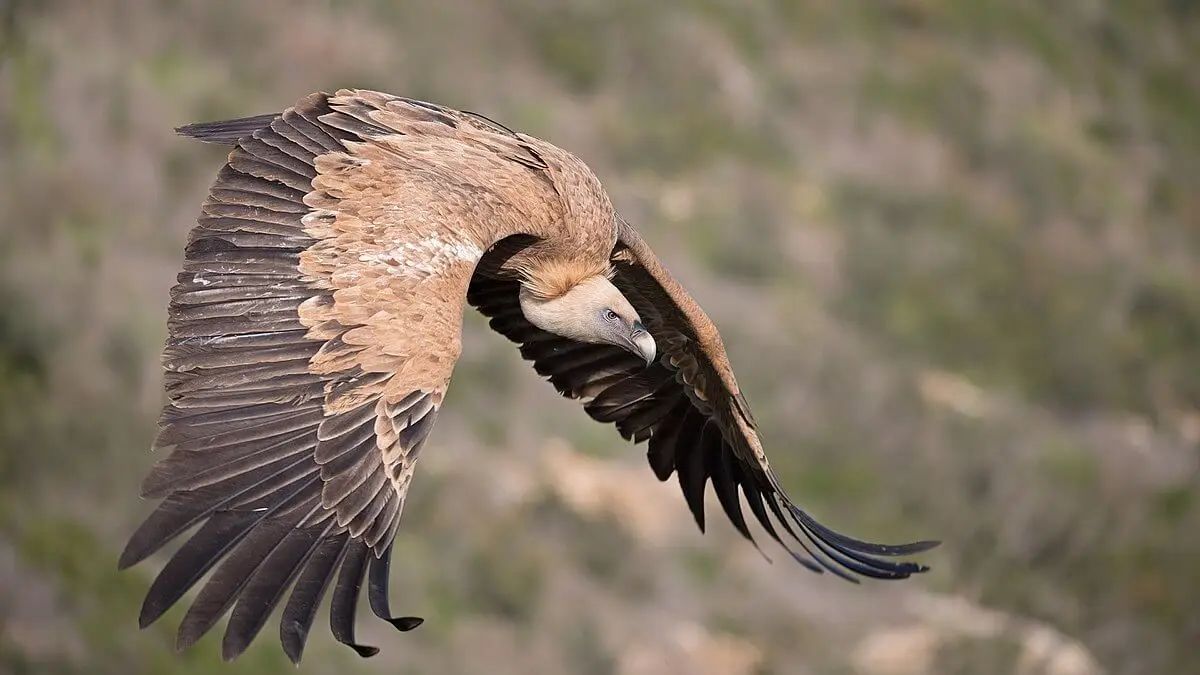
Animals are, without a doubt, among nature’s most endlessly interesting aspects. They hold an unparalleled power to captivate us, drawing us in with their truly unique characteristics, their intricate behaviors, and the diverse habitats they call home. These magnificent beings continually amaze us with their profound capacity for adaptation and their incredible will to survive, demonstrating life’s enduring resilience across the planet.
From the almost imperceptibly tiny and remarkable hummingbird, flitting with astonishing speed, to the unassuming housefly, a common yet complex insect, and from the majestic, striped tiger, a symbol of raw power, to the awe-inspiring, gentle giant that is the elephant, animals of all shapes and sizes prove to be profoundly fascinating and utterly delightful. This journey into the wild will highlight the distinct features that set each one apart, fostering a newfound appreciation for the remarkable beings that coexist with us.
Nature is generously filled with an astounding variety of creatures that consistently defy our expectations. From those incredible animals that possess the power to regenerate their body parts, to others that seem almost mythical in their very existence, the natural world never, ever ceases to amaze us. In this in-depth article, we’ll embark on an extraordinary exploration of the top 10 most interesting animals in the world, each one boasting its own unique traits, intriguing behaviors, and truly captivating stories.
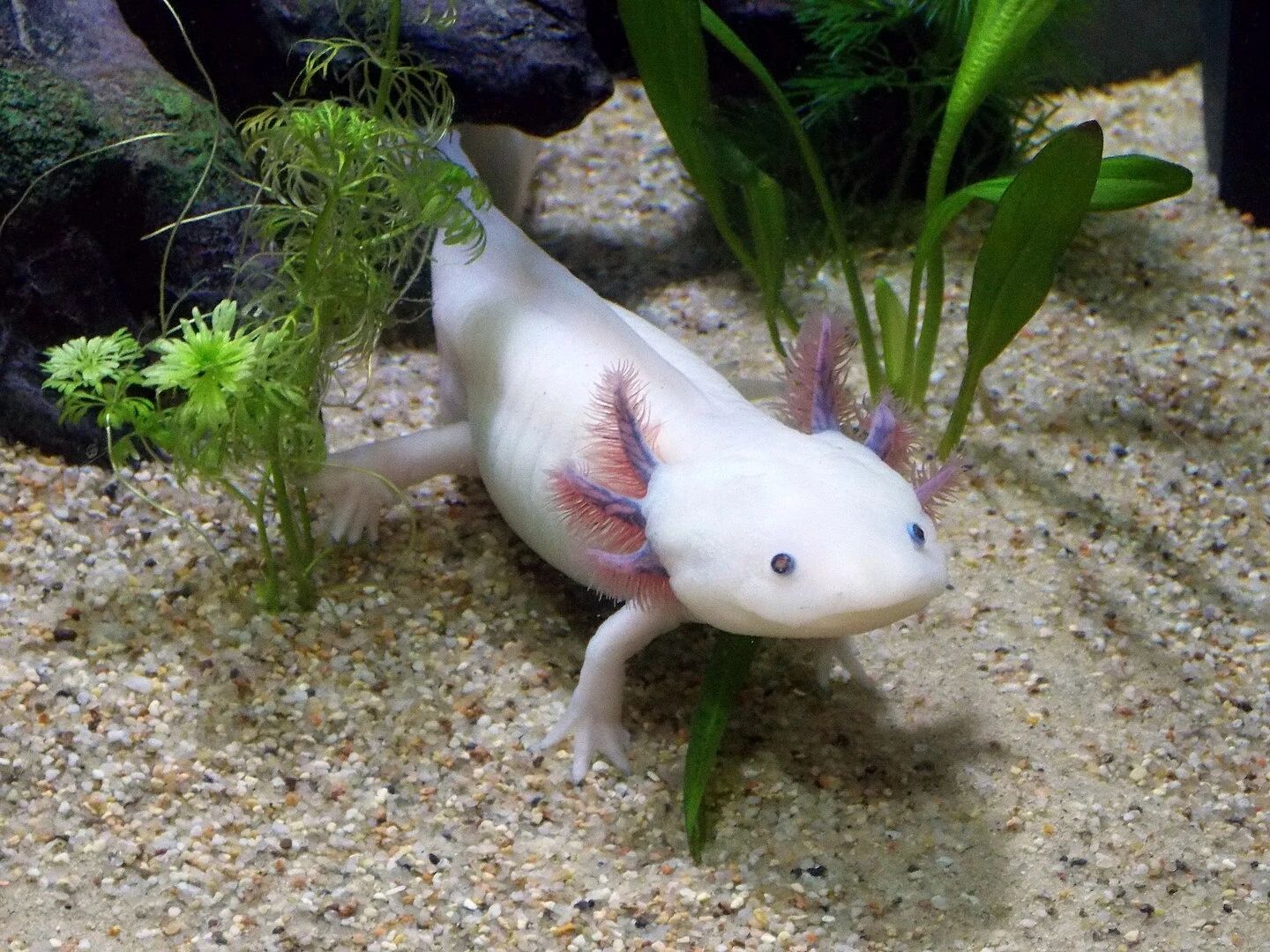
1. **The Axolotl**
The Peter Pan of the Amphibian World
Axolotl is truly an extraordinary amphibian, renowned globally for its quite incredible regenerative abilities. Native specifically to the freshwater lakes and canals of Mexico City, this unique species of salamander never actually undergoes metamorphosis into a terrestrial form; instead, it remains in its larval, aquatic state for its entire life, a phenomenon scientists refer to as neoteny. This makes it a fascinating subject for study, particularly its uncanny power to regrow limbs, its spinal cord, and even significant parts of its brain, captivating researchers for centuries.
With its wide, almost smiling face, distinctive feathery external gills, and an undeniably unique aquatic appearance, the axolotl is as endearing as it is scientifically mysterious. Its ability to regenerate tissue makes it an ideal model organism for the study of regeneration, holding potential for groundbreaking discoveries in human medicine. Sadly, despite its allure, wild axolotl populations are critically endangered due to relentless urbanization and escalating pollution in their native habitats, inspiring urgent conservation efforts worldwide.
Once a staple of the ancient Aztec diet, the axolotl today stands as a focal point for intensive conservation initiatives in Mexico City, where dedicated local NGOs are actively constructing specialized ‘Axolotl shelters’ to protect the remaining populations. This amphibian’s unique combination of captivating beauty and biological marvel makes it undeniably one of the most interesting animals both to study and to admire in the natural world.
2. **The Platypus**
Nature’s Evolutionary Enigma
Creatures on Earth are as genuinely bizarre or wonderfully unique as the platypus, a semi-aquatic mammal native exclusively to eastern Australia and Tasmania. This remarkable animal challenges virtually everything we thought we knew about mammals, possessing a truly perplexing combination of traits that baffled early naturalists and continues to intrigue scientists today. Its very existence offers a fascinating glimpse into the rich and complex evolutionary history of mammals.
What truly sets the platypus apart are its highly unusual features: it boasts a distinctive duck-bill, webbed feet perfectly adapted for aquatic life, and a beaver-like tail used for propulsion and fat storage. Adding to its mystique, male platypuses possess venomous spurs on their hind legs, a rare trait among mammals. Furthermore, as one of only a handful of monotremes – a primitive order of mammals – the platypus remarkably lays eggs instead of giving birth to live young, a characteristic shared with reptiles and birds.
Perhaps its most astonishing ability is electroreception; its sensitive bill is equipped with specialized sensors that can detect the faint electrical signals produced by the muscle contractions of its prey underwater. This unique sensory power is exceedingly rare among mammals, allowing the platypus to hunt effectively in murky waters. The platypus not only defies conventional biological classifications but also stands as a living testament to nature’s boundless creativity and evolutionary innovation.
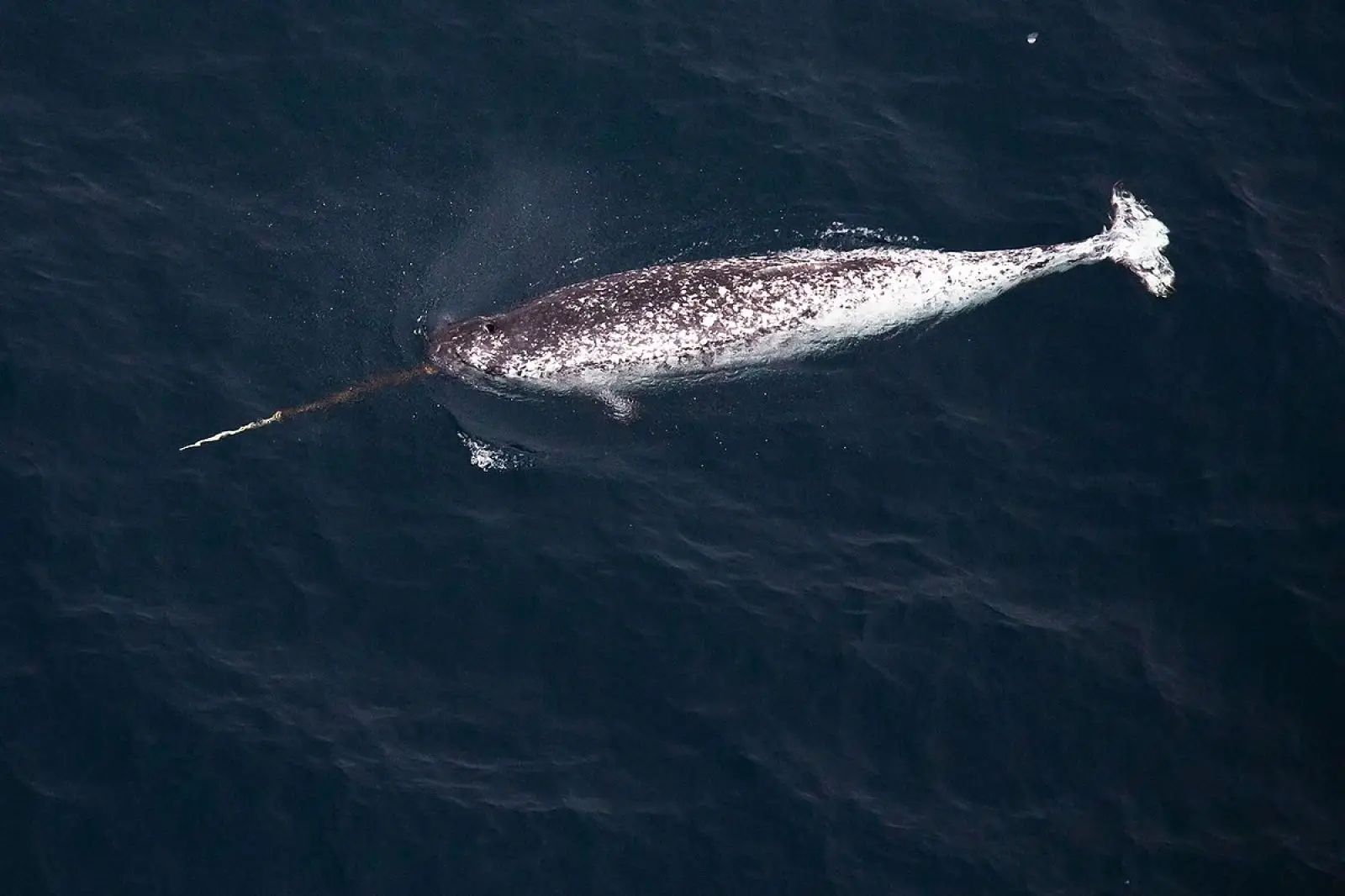
3. **The Narwhal**
The Unicorn of the Sea
Often affectionately known as the ‘unicorn of the sea,’ the narwhal is a truly mysterious Arctic whale, celebrated worldwide for its extraordinarily long, spiraled tusk. This magnificent marine mammal embodies a blend of natural wonder and enduring myth, with its iconic tusks sparking curiosity and inspiring tales of mythical creatures for centuries. It is a creature perfectly adapted to the icy, often unforgiving waters of the Arctic, where it thrives.
Its most iconic feature, the tusk, is not a horn but rather an extended tooth that can grow to an astonishing length of up to 10 feet. This remarkable appendage is packed with millions of sensory nerves, leading scientists to believe it plays a crucial role in the narwhal’s perception of its environment, aiding in navigation, foraging, and possibly even communication and mating displays within its pods. Narwhals have evolved incredible adaptations to thrive in their frigid habitat, diving to extreme depths in search of their preferred prey, primarily squid and various fish species.
Historically, narwhal tusks were highly prized and often sold in medieval Europe as genuine unicorn horns, further cementing their mystical aura and adding an element of fantastical lore to their very real existence. The narwhal’s captivating blend of scientific marvel and cultural significance makes it an endlessly intriguing subject for both dedicated marine biologists and imaginative storytellers alike, a true jewel of the Arctic seas.
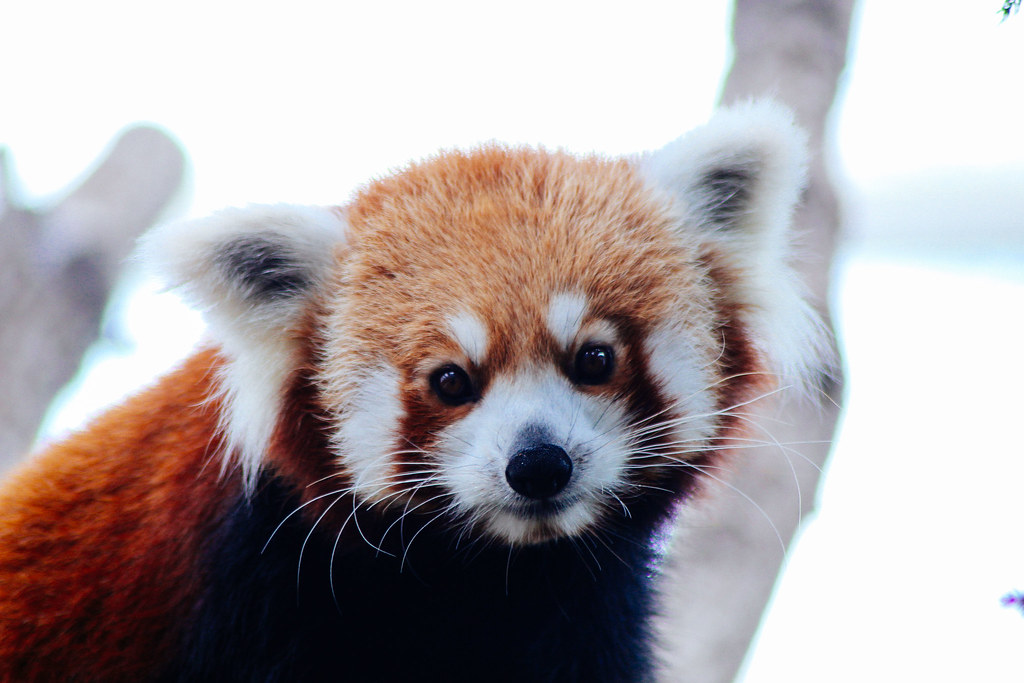
4. **The Red Panda**
A Symbol of Forest
The red panda is a creature that immediately enchants with its gentle demeanor and strikingly distinctive appearance. Native to the temperate forests nestled within the Himalayas and southwestern China, this adorable mammal is widely regarded as a true symbol of the elusive and magical qualities found within dense forest ecosystems. Its charming presence and arboreal lifestyle paint a picture of quiet grace amidst the ancient trees.
This species boasts a truly distinctive appearance, characterized by its reddish-brown fur, a long, bushy tail that aids in balance, and a captivating masked face, making red pandas both incredibly adorable and notoriously elusive. They are predominantly arboreal, meaning they spend the vast majority of their lives in trees, skillfully navigating the intricate forest canopy. There, they meticulously forage for their primary diet, which consists mainly of bamboo, supplemented by various fruits, acorns, and even the occasional insect.
Despite their undeniable charm and widespread appeal, red pandas face significant threats to their survival, primarily from relentless habitat loss and fragmentation across their range. This precarious conservation status underscores the critical importance of ongoing conservation efforts, which are absolutely essential to safeguard their future. The red panda’s delicate balance of inherent beauty and the formidable survival challenges it faces makes it one of nature’s most captivating and vulnerable creatures.
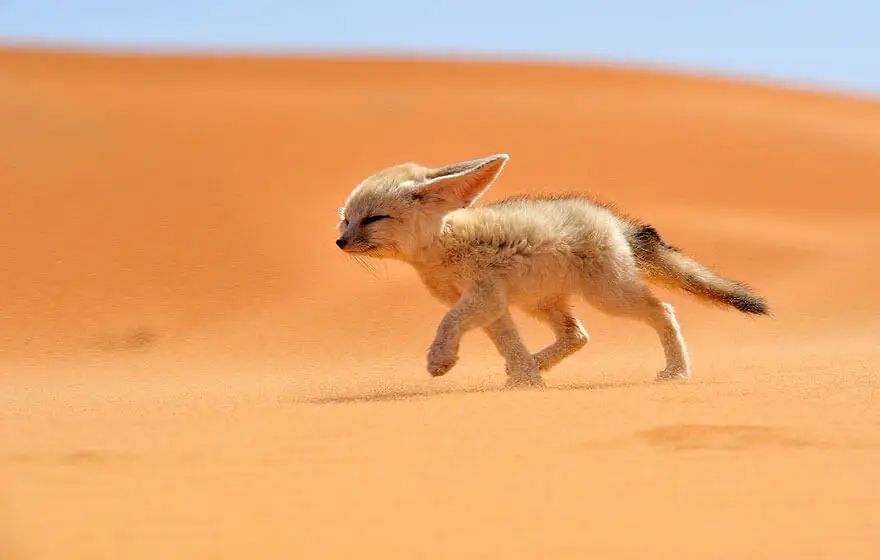
5. **The Fennec Fox**
The Desert’s Pint-Sized Survivor
Small in stature but undeniably big in personality, the fennec fox stands out as a true master of desert survival. This remarkable canid is native to the vast, arid regions of the Sahara Desert and other equally parched areas of North Africa, immediately distinguishing itself with its famously oversized ears and its remarkably diminutive frame. Its adaptations are a testament to the power of evolution in extreme environments.
One of its most striking features is its pair of gigantic ears, which are not just for show; these impressive appendages serve a dual purpose. They are intricately designed to help the fennec fox regulate its body temperature by dissipating excess heat, crucial for life in the scorching desert. Additionally, these large ears significantly enhance its hearing, enabling it to detect the faint movements of prey and distant predators from remarkable distances beneath the desert sands or across vast open stretches.
Beyond its ears, the fennec fox exhibits incredible adaptability, thriving in the most extreme desert conditions by often digging elaborate, intricate burrows to escape the intense daytime heat. Its large, expressive eyes and inherently playful nature make it an enduring favorite among wildlife enthusiasts and professional photographers alike. This pint-sized predator serves as a perfect, living example of how evolution meticulously tailors creatures to not just survive, but truly thrive in the harshest environments on Earth.
Having journeyed through the initial marvels of the animal kingdom, our exploration continues to uncover more of Earth’s most captivating wonders. This next leg of our adventure delves deeper into the lives of five more remarkable species, each presenting a unique testament to nature’s boundless creativity and intricate design. From the dense, emerald rainforests to the vast, mysterious oceans, we will encounter creatures that defy classification and inspire awe, further solidifying our appreciation for the astonishing diversity that surrounds us on this planet.
These animals, though perhaps less globally recognized than some, hold just as many secrets and as much significance, highlighting bizarre behaviors, distinctive features, and the vital conservation challenges that ripple through their very existence. They are living enigmas, each an intricate piece of the global ecological puzzle, reminding us that there is always more to learn and more to protect within the wild realms of our world. Prepare to be enchanted by their stories, their adaptations, and the sheer wonder of their presence.
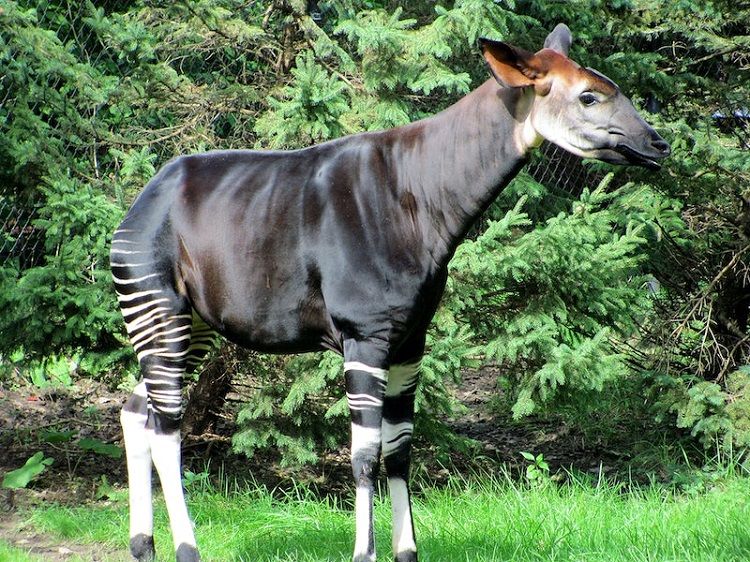
6. **The Okapi**
The Forest’s Enigmatic Giraffe
Stepping into the dense, emerald embrace of the Democratic Republic of the Congo’s rainforests, one might be fortunate enough to catch a glimpse of the okapi, an animal so strikingly unique it often appears to be a living enigma. Described by some as a remarkable cross between a zebra and a giraffe, this elusive mammal carries an aura of mystery, rarely revealing itself to outsiders. Its body, a rich reddish-brown, contrasts sharply with the distinct white stripes adorning its legs and the unique white markings on its neck, creating a mosaic of patterns that allow it to disappear effortlessly into the dappled light of its secretive forest home.
Despite its zebra-like appearance, the okapi is, in fact, the closest living relative of the giraffe, a connection evident in its many shared anatomical traits, including an incredibly long, prehensile tongue. This specialized tongue, like that of its taller cousin, allows the okapi to expertly pluck leaves from trees, serving as its primary diet alongside various grasses and fruits found within its lush habitat. Its reclusive habits and the profound inaccessibility of its rainforest domain have only deepened its mystique, earning it the affectionate, yet fitting, nickname of the “forest giraffe.”
Regrettably, the okapi’s existence is fraught with peril. These magnificent herbivores face significant threats to their survival, primarily stemming from relentless human activities such as rampant poaching and the devastating march of deforestation. These pressures underscore the critical urgency of conservation initiatives currently in place, aiming to safeguard this truly unique species and, by extension, protect the precious rainforest ecosystem it calls home. The okapi’s rarity and captivating features stand as a powerful symbol of the unexplored wonders and delicate balance hidden deep within the world’s most vibrant forests.
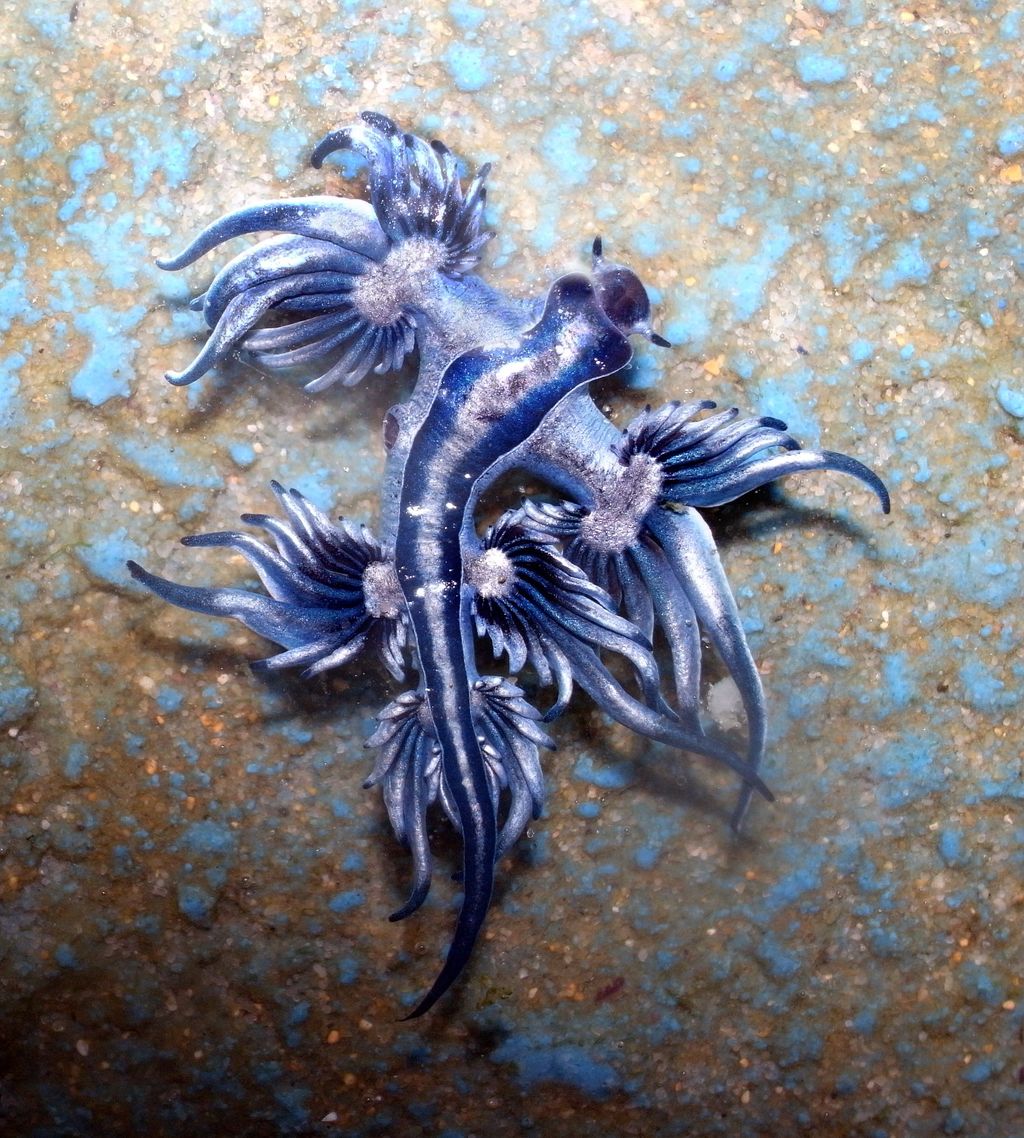
7. **The Blue Dragon (Glaucus atlanticus)**
An Oceanic Jewel of Unexpected Power
From the verdant depths of the rainforest, we transition to the vast, undulating expanse of the open ocean, where a creature of breathtaking beauty and surprising ferocity awaits: the blue dragon, or *Glaucus atlanticus*. This small, vividly colored sea slug, with its iridescent blue and silver hues, seems almost too perfect, too fantastical to be real, appearing as if it has drifted straight from the pages of a mythical tale. Its exquisite coloration, a mesmerizing blend of deep blues and shimmery silvers, serves not only as a visual spectacle but also as a form of camouflage against the ocean’s surface and the sky above, protecting it from aerial and aquatic predators alike.
What truly elevates the blue dragon from mere beauty to an oceanic wonder is its extraordinary and dangerous diet. Unlike many creatures that shy away from venomous prey, this diminutive sea slug actively hunts and consumes some of the ocean’s most potent stinging organisms, including the infamous Portuguese man o’ war. With remarkable biological ingenuity, the blue dragon does not simply digest the toxins; it skillfully sequesters these potent nematocysts within its own cerata, the finger-like appendages that extend from its body. This incredible adaptation transforms the blue dragon into a formidable defender, capable of delivering a powerful, painful sting to anything that threatens it.
Despite its delicate, almost ethereal appearance as it floats effortlessly on ocean currents, the blue dragon is a testament to the ocean’s unexpected surprises and the intricate web of life within its depths. It embodies a unique duality, demonstrating that exquisite beauty can indeed be intertwined with dangerous power, and that even the smallest creatures can possess some of the most profound and fascinating adaptations in the natural world. Its very existence is a vivid reminder of the mysterious and awe-inspiring diversity that thrives beneath the waves.
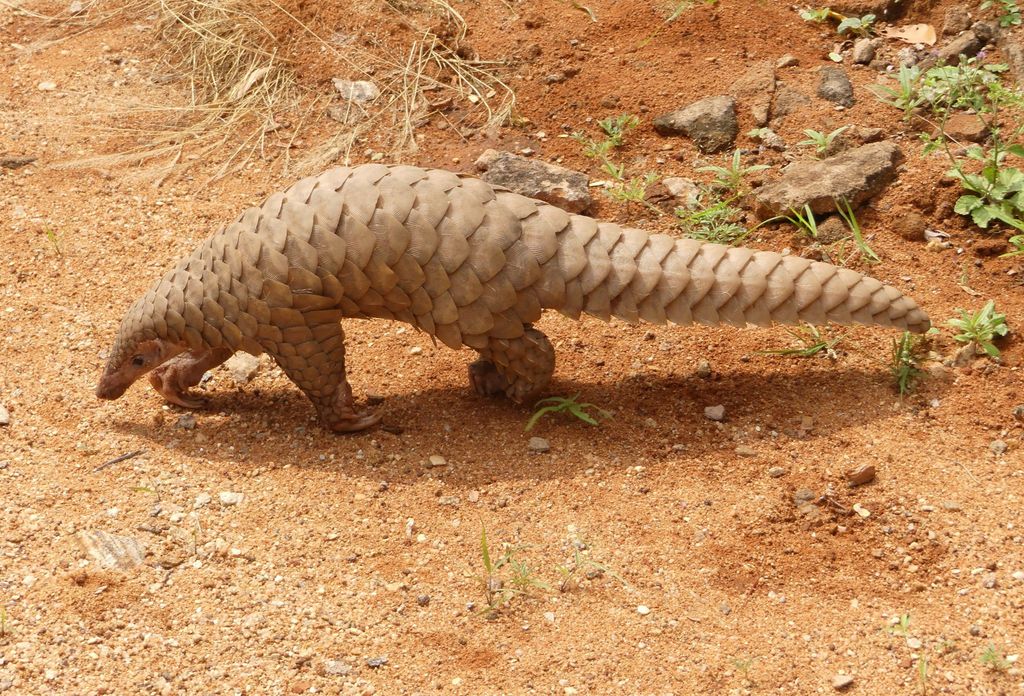
8. **The Pangolin**
Earth’s Armored Enigma
Few animals command as much intrigue, or embody as much tragedy, as the pangolin, a truly unique mammal distinguished by its remarkable coat of protective keratin scales. This ‘armored’ creature, found across parts of Africa and Asia, is arguably one of the world’s most unusual and, heartbreakingly, one of its most misunderstood. These overlapping scales, composed of the same material as human fingernails, form an impenetrable shield, a natural defense mechanism that allows the pangolin to curl into a tight, almost perfect, defensive ball when threatened, rendering it virtually impervious to most predators.
Beyond its formidable armor, the pangolin possesses another fascinating adaptation: an incredibly long, sticky tongue. This specialized appendage, which can extend surprising lengths, is perfectly suited for its primary diet, making it one of nature’s most efficient insectivores. Pangolins meticulously forage for ants and termites, using their keen sense of smell to locate their prey before deploying their sticky tongue to gather thousands of insects with astonishing speed. This highly specialized feeding strategy highlights the remarkable evolutionary pathways that can lead to such unique forms and functions in the animal kingdom.
Yet, despite its evolutionary innovations and gentle nature, the pangolin faces a grave and urgent crisis. It has the grim distinction of being the most trafficked animal in the world, largely due to demand for its scales in traditional medicine and its meat as a delicacy. This devastating illicit trade has pushed all eight species of pangolin towards endangerment or critical endangerment, making conservation efforts not just crucial, but absolutely essential for their survival. The pangolin stands as a poignant symbol of the complex challenges facing wildlife in the modern world, where the very traits that make an animal unique can also make it vulnerable.
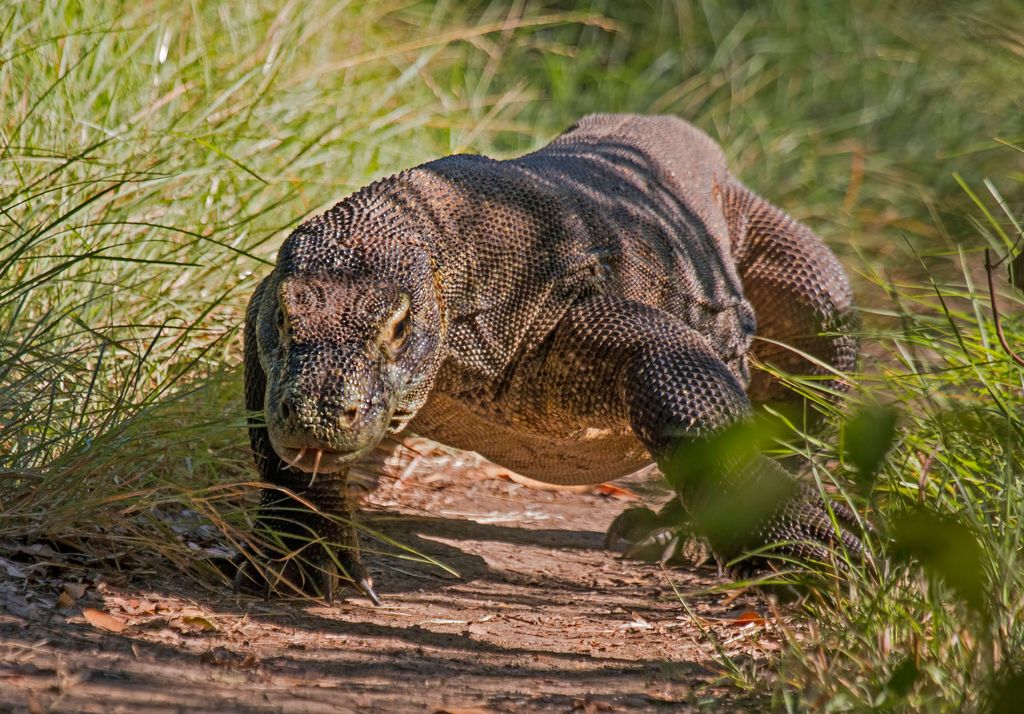
9. **The Komodo Dragon**
The Apex Predator of Indonesian Isles
Venturing into the sun-drenched, rugged landscapes of a few remote Indonesian islands, one encounters a creature of formidable power and ancient lineage: the Komodo dragon. As the world’s largest living lizard, this awe-inspiring reptile can stretch up to an astounding ten feet in length and weigh over 150 pounds, a colossal presence that dominates its island domain as the undisputed apex predator. Its sheer size and raw strength command respect, making it a living testament to the powerful and diverse forms of life that have evolved on our planet.
The hunting strategy of the Komodo dragon is a masterclass in primal efficiency, combining both brute force and cunning. They are formidable ambush predators, lying in wait for unsuspecting prey, then launching a swift and devastating attack. While their powerful jaws and razor-sharp teeth are terrifyingly effective, it is their venomous bite that truly sets them apart. This potent venom, delivered through specialized glands, aids in subduing large prey, causing paralysis and hemorrhaging, allowing the dragon to patiently track its victim until it succumbs.
Despite their fearsome reputation, Komodo dragons are compelling subjects for studying specialized adaptations for survival in a challenging environment. Their ability to consume large prey, their remarkable stamina, and their unique physiology showcase the incredible ways in which nature develops creatures perfectly suited to their ecological roles. This colossal reptile, with its ancient eyes and formidable power, remains a vivid and vital component of its ecosystem, an enduring symbol of the raw, untamed majesty of the animal kingdom.

10. **The Aye-aye**
Madagascar’s Nocturnal Enigma
Our final fascinating stop takes us to the mystical, nocturnal forests of Madagascar, home to the aye-aye, arguably one of the most peculiar and mysterious primates on Earth. This creature, with its large, haunting eyes, bushy tail, and an appearance that seems to have been plucked directly from folklore, challenges conventional notions of beauty and intelligence. It is a true testament to the astonishing evolutionary paths that can unfold in isolated ecosystems, creating creatures unlike any other.
The aye-aye’s most extraordinary feature is its elongated middle finger, a specialized tool it uses in a unique foraging technique known as percussive foraging. Tapping rhythmically on tree trunks and branches, much like a woodpecker, the aye-aye listens intently for hollow chambers or the subtle movements of insect larvae hidden beneath the bark. Once a cavity is located, it uses its powerful incisors to gnaw through the wood, then inserts its slender, hooked middle finger to extract its prey, making it a remarkably efficient and specialized predator of nocturnal invertebrates.
Sadly, the aye-aye’s bizarre appearance has not always been a source of wonder; it has often led to misunderstanding and even fear among local communities, with some folklore portraying it as a bad omen. This cultural stigma, combined with relentless habitat destruction, has unfortunately contributed to its endangered status. However, dedicated conservation efforts are actively working to protect this unique primate and educate people about its vital ecological role, allowing the aye-aye to continue its mysterious existence in Madagascar’s enchanting forests, a truly surprising and invaluable part of the planet’s diverse tapestry of life.
As our journey through the world of interesting animals concludes, we are left with a profound sense of awe for the planet’s incredible biodiversity. From the okapi, a hidden gem of the rainforest, to the formidable Komodo dragon, and the utterly unique aye-aye, each creature reminds us of nature’s endless ingenuity and capacity for astonishing adaptation. These ten animals, each a marvel in its own right, underscore the critical importance of conservation. It is through understanding, appreciating, and protecting these magnificent beings that we safeguard the rich tapestry of life on Earth, ensuring that future generations can also marvel at their extraordinary existence. The wild heart of our world beats strong through these fascinating creatures, a constant source of wonder and inspiration.

